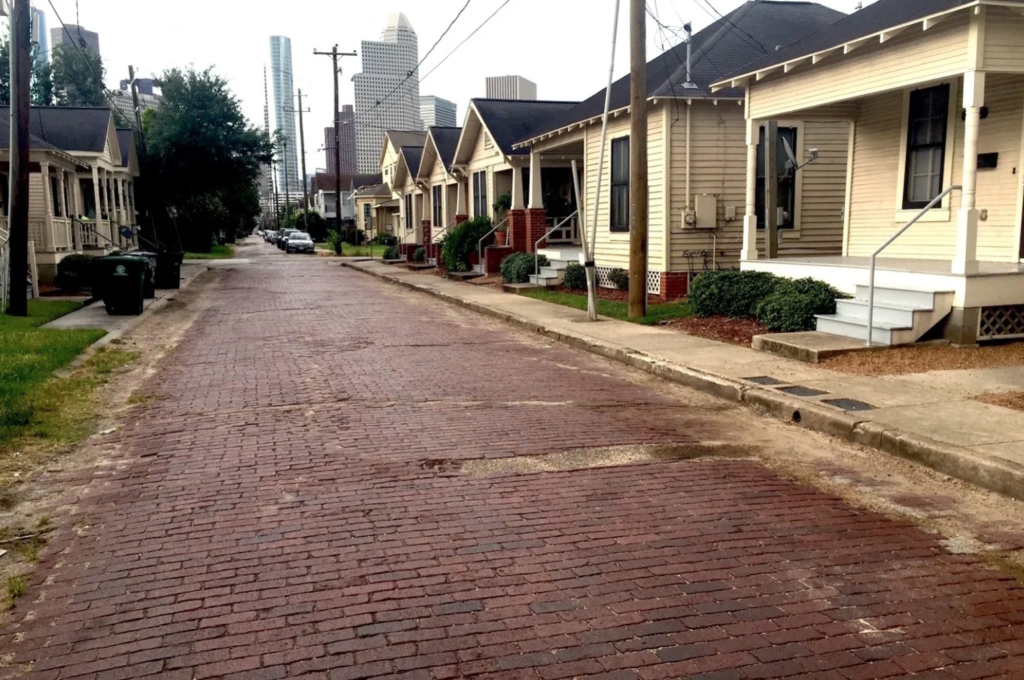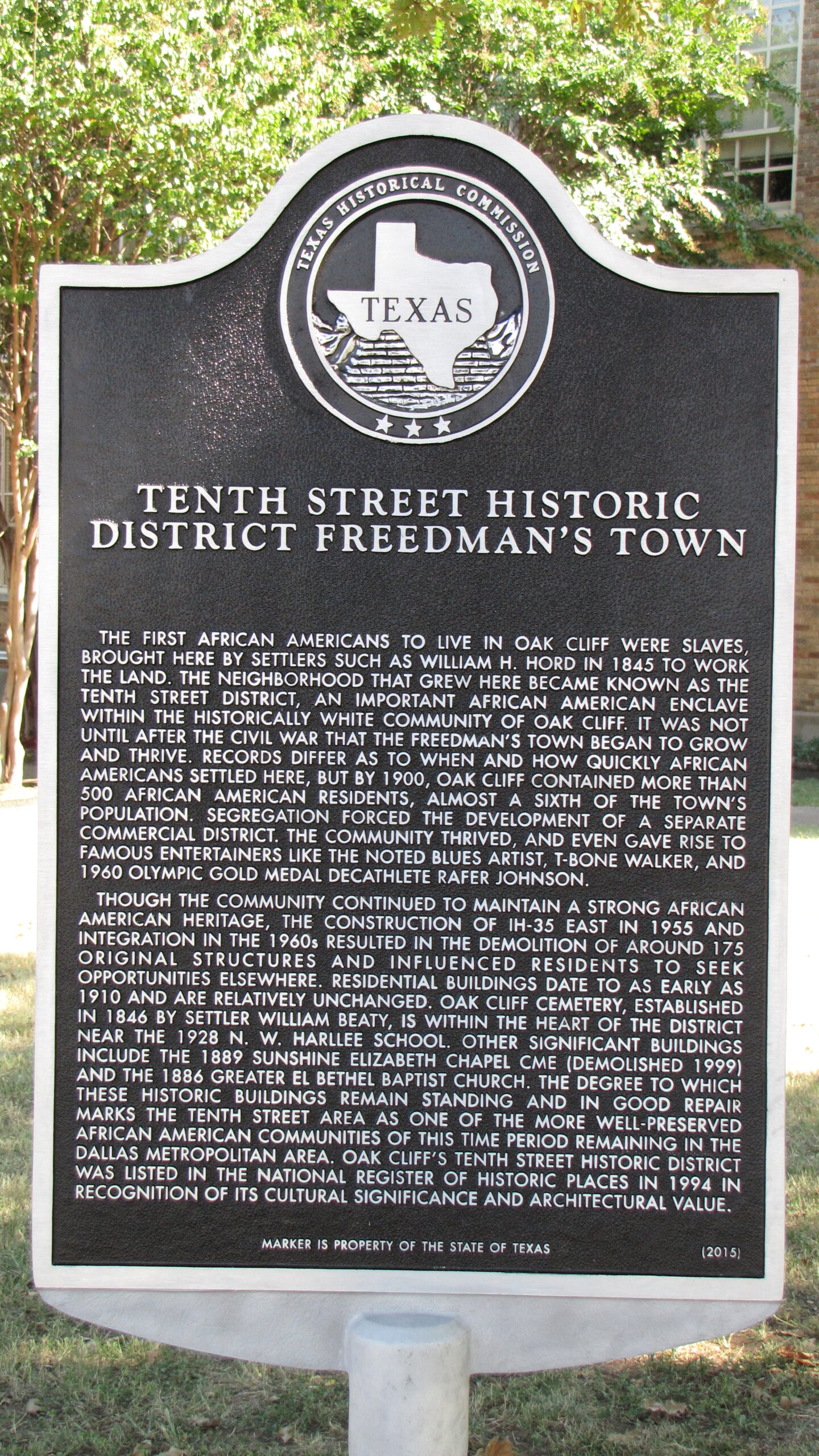Houston, TX
Freedmen's Town
Established 1865
"Mother Ward for Black Houston"
The Freedmen’s Town Historic District, established in 1865, was added to the National Register of Historic Places in 1985. Freedmen’s Town, along with five sites within it, were named UNESCO Sites of Memory in 2019.

Freedmen’s town is the only remaining post-Civil War, freed-slave historic district of its kind in the United States. It is a 40-block area west of Downtown Houston. Houston architect Daimian Hines has described Freedmen’s Town as potentially the “largest linear architectural footprint still preserved in America” of black urban life during the Reconstruction era.
failure is not an option
Freedmen’s Town was established in 1865 and still exists today in Houston’s 4th ward. It was a destination for formerly enslaved people in Texas and Louisiana. The newly freed residents established a community where they were able to live (mostly) without the daily onslaught of racism and discrimination. Today, historians are trying to preserve the town and its history in the midst of downtown expansion and gentrification pressing into the fourth ward.
Freedmen’s town was established because of the Emancipation Proclamation in 1863, which enabled newly-freed African Americans to begin creating their own communities across the country. President Lincoln also authorized the creation of the Freedman’s Bureau, including the Freedmen’s Bank, to assist African Americans in financing and opening businesses during this period. However, President Andrew Johnson vetoed funding for the Bureau once he took office, essentially eliminating assistance, during Reconstruction.
Freedmen’s Town quickly developed as a cultural center with the establishment of Antioch Missionary Baptist Church in 1866, followed by other churches and social and cultural institutions. The community and the larger fourth ward Black community grew around it and was prosperous well into the early 1900’s. By 1930, Freedmen’s Town held approximately 12,000 African Americans and was famous for its many businesses that included restaurants and jazz night clubs which attracted even white people to the area.
Union Hospital—the city’s first hospital serving black patients and the forerunner of the Houston Negro Hospital (later Riverside General Hospital)—once stood at Andrews and Genesee in Freedmen’s Town.
People in the town could live as they wished, share with each other, be self-sufficient, build churches and schools, and own farms. It was a spiritual, cultural, and business center for the Black community.


